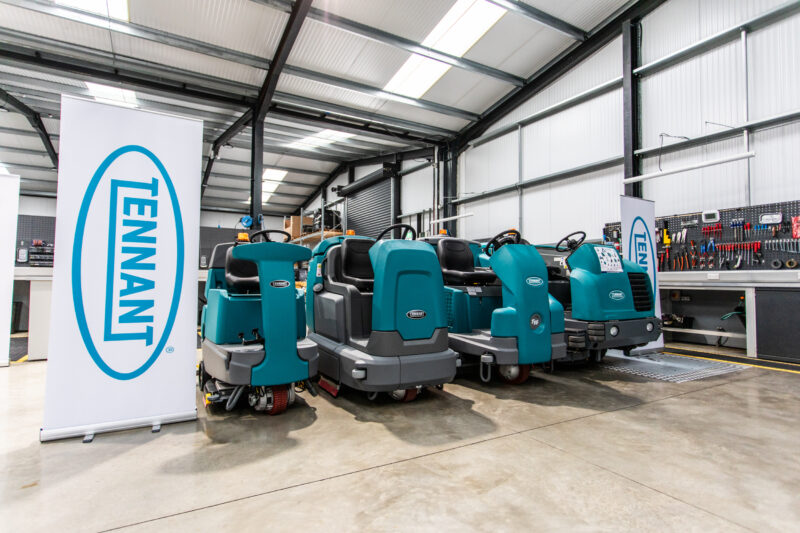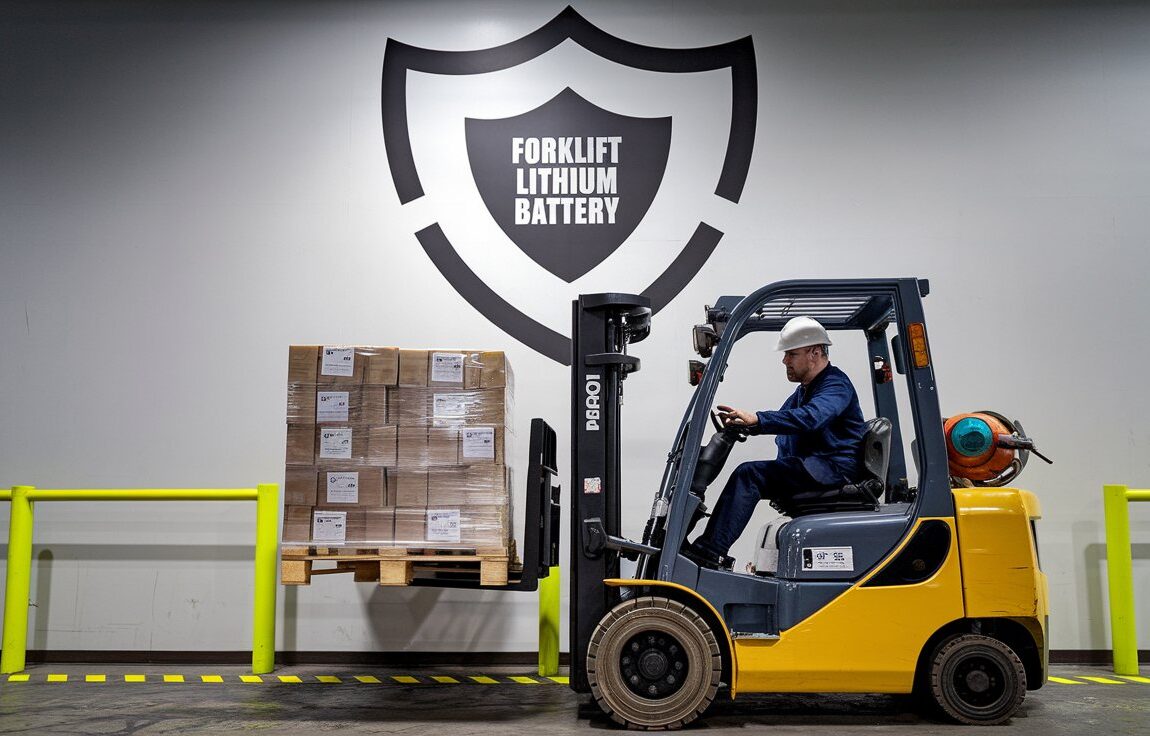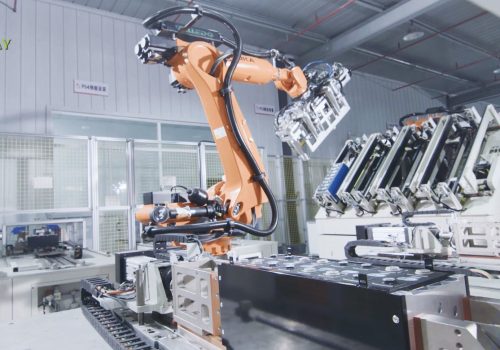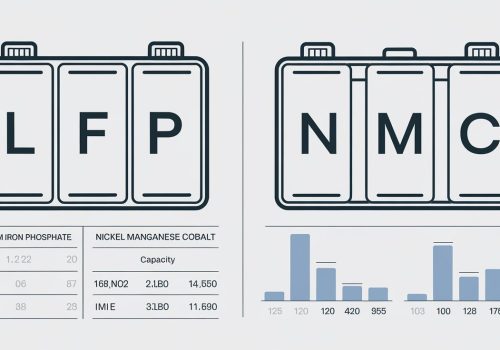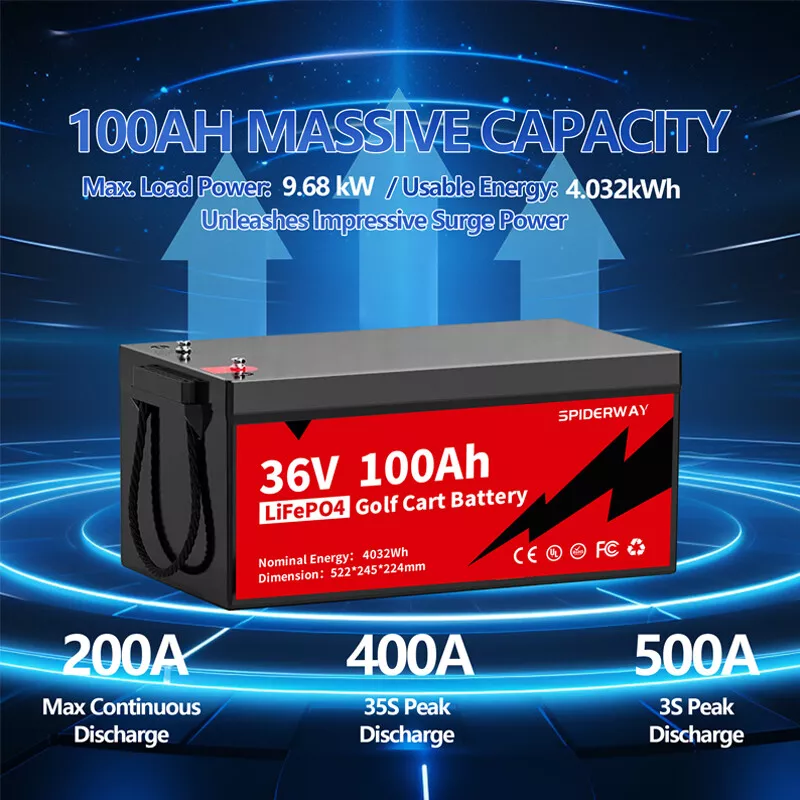
In the modern era of logistics and manufacturing, the demand for efficient and environmentally friendly power sources has never been higher. Industrial vehicle lithium paristot have emerged as a leading solution, providing clean and efficient energy for a variety of material handling equipment such as forklifts, stackers, and tractors. This article delves into the critical performance indicators and data associated with these paristot, highlighting their significance in the industry.
1. Energy Density
Energy density is a measure of the amount of energy stored per unit volume or mass of the battery. For industrial vehicles, a higher energy density is desirable as it allows for longer operation times without the need for frequent recharging. Lithium batteries typically offer energy densities ranging from 100 to 260 watt-hours per kilogram (Wh/kg), which is significantly higher than traditional lead-acid batteries.
2. Power Density
Power density refers to the amount of power that can be delivered per unit mass or volume. Industrial vehicles require high power outputs for tasks such as lifting and moving heavy loads. Lithium batteries can deliver power densities of up to 1000 watts per kilogram (W/kg), ensuring that vehicles have the necessary power for peak performance.
3. Cycle Life
The cycle life of a battery is the number of charge and discharge cycles it can undergo before its capacity falls below a certain threshold, typically 80% of its original capacity. Industrial lithium batteries are designed for longevity, with cycle lives ranging from 1000 to 3000 cycles, depending on the depth of discharge and usage pattern.
4. Charge and Discharge Rates
The rate at which a battery can be charged or discharged is crucial for operational efficiency. Fast charging capabilities reduce downtime, while high discharge rates ensure that vehicles can handle heavy loads without performance degradation. Lithium batteries can support charge rates of up to 1C (full charge in one hour) and discharge rates that can exceed 10C, depending on the battery chemistry and design.
5. Temperature Tolerance
Industrial environments can be harsh, with temperatures varying significantly. Lithium batteries must operate effectively across a wide temperature range, typically from -20°C to 60°C. This ensures that vehicles can function reliably in various climates and conditions.
6. Safety Features
Safety is paramount in industrial applications. Lithium batteries incorporate multiple safety features such as overcharge protection, over-discharge protection, short circuit protection, and thermal management systems to prevent incidents like fires or explosions.
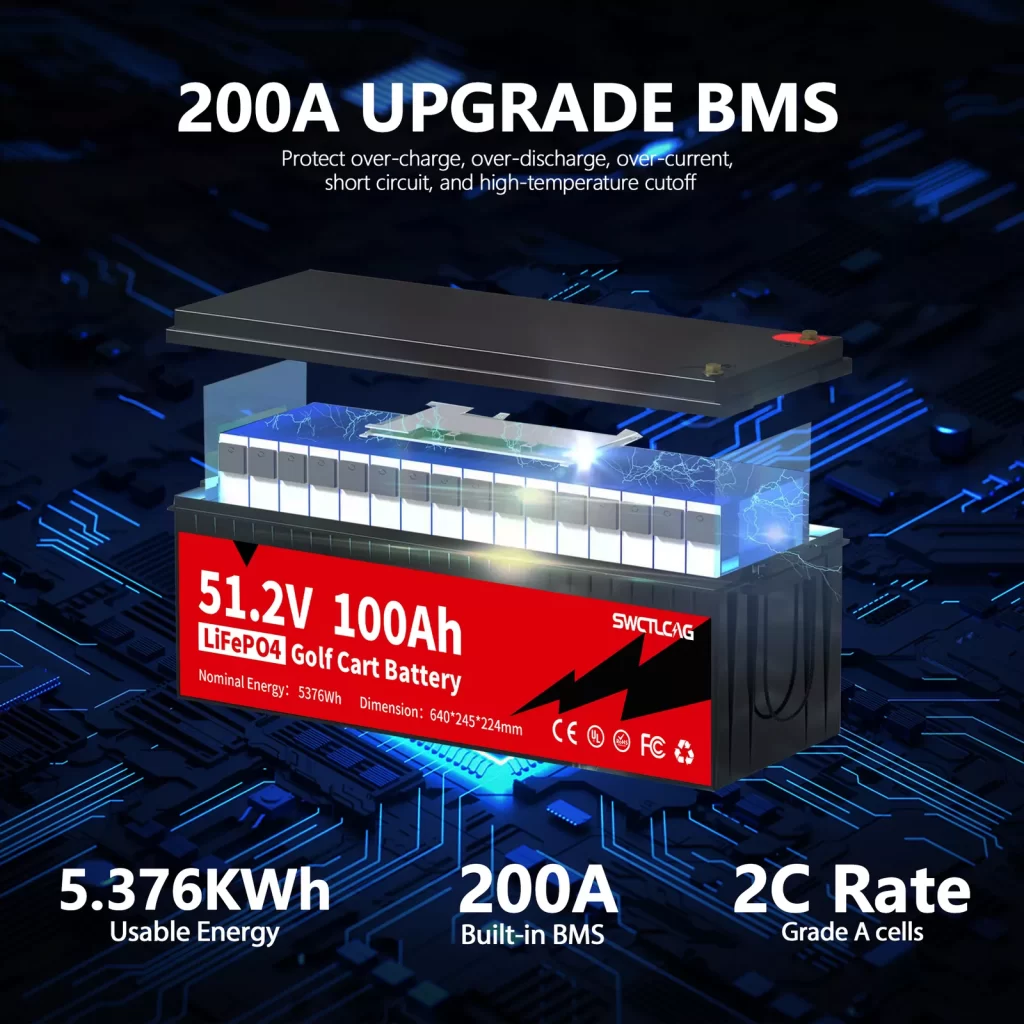
7. Environmental Impact
As part of the push towards sustainability, the environmental impact of batteries is a key consideration. Lithium batteries have a lower environmental footprint compared to lead-acid batteries, with a longer lifespan and the potential for recycling and reuse of materials.
8. Cost-Effectiveness
While the initial cost of lithium batteries may be higher than traditional alternatives, their operational efficiency, longevity, and reduced maintenance requirements can lead to significant cost savings over their service life.
- Tuote myynnissä
 48V 404Ah LiFePO4 litiumakku LIUGONG-trukkien trukilleAlkuperäinen hinta oli: $5,399.00.$5,318.00Nykyinen hinta on: $5,318.00.
48V 404Ah LiFePO4 litiumakku LIUGONG-trukkien trukilleAlkuperäinen hinta oli: $5,399.00.$5,318.00Nykyinen hinta on: $5,318.00. - Tuote myynnissä
 48V 606Ah LiFePO4 litiumakku HELI-trukilleAlkuperäinen hinta oli: $7,999.00.$7,978.00Nykyinen hinta on: $7,978.00.
48V 606Ah LiFePO4 litiumakku HELI-trukilleAlkuperäinen hinta oli: $7,999.00.$7,978.00Nykyinen hinta on: $7,978.00. - Tuote myynnissä
 80V 404Ah LiFePO4 litium-akku HELI K2 3.5T trukilleAlkuperäinen hinta oli: $8,399.00.$8,310.00Nykyinen hinta on: $8,310.00.
80V 404Ah LiFePO4 litium-akku HELI K2 3.5T trukilleAlkuperäinen hinta oli: $8,399.00.$8,310.00Nykyinen hinta on: $8,310.00. - Tuote myynnissä
 48V 404Ah LiFePO4 litiumakku LIUGONG 2.5T trukille LIUGONG 2.5T trukilleAlkuperäinen hinta oli: $5,399.00.$5,318.00Nykyinen hinta on: $5,318.00.
48V 404Ah LiFePO4 litiumakku LIUGONG 2.5T trukille LIUGONG 2.5T trukilleAlkuperäinen hinta oli: $5,399.00.$5,318.00Nykyinen hinta on: $5,318.00. - Tuote myynnissä
 80V 544Ah LiFePO4 litiumakku TOYOTA-trukkiinAlkuperäinen hinta oli: $11,199.00.$11,190.00Nykyinen hinta on: $11,190.00.
80V 544Ah LiFePO4 litiumakku TOYOTA-trukkiinAlkuperäinen hinta oli: $11,199.00.$11,190.00Nykyinen hinta on: $11,190.00. - Tuote myynnissä
 48V 272Ah LiFePO4 litiumakku LIUGONG-trukkien trukilleAlkuperäinen hinta oli: $3,599.00.$3,581.00Nykyinen hinta on: $3,581.00.
48V 272Ah LiFePO4 litiumakku LIUGONG-trukkien trukilleAlkuperäinen hinta oli: $3,599.00.$3,581.00Nykyinen hinta on: $3,581.00. - Tuote myynnissä
 24V 202Ah LiFePO4 litiumakku LINDE T20 trukilleAlkuperäinen hinta oli: $1,399.00.$1,329.00Nykyinen hinta on: $1,329.00.
24V 202Ah LiFePO4 litiumakku LINDE T20 trukilleAlkuperäinen hinta oli: $1,399.00.$1,329.00Nykyinen hinta on: $1,329.00. - Tuote myynnissä
 48V 544Ah LiFePO4 litium-akku HELI CPD20-F1 trukilleAlkuperäinen hinta oli: $7,199.00.$7,162.00Nykyinen hinta on: $7,162.00.
48V 544Ah LiFePO4 litium-akku HELI CPD20-F1 trukilleAlkuperäinen hinta oli: $7,199.00.$7,162.00Nykyinen hinta on: $7,162.00. - Tuote myynnissä
 48V 165Ah LiFePO4 litiumakku AGV:lleAlkuperäinen hinta oli: $2,199.00.$2,172.00Nykyinen hinta on: $2,172.00.
48V 165Ah LiFePO4 litiumakku AGV:lleAlkuperäinen hinta oli: $2,199.00.$2,172.00Nykyinen hinta on: $2,172.00.
Kirjoittajan profiili

- https://tawk.to/chat/6228c78d1ffac05b1d7dc569/1ftnkn0nk
- SpiderWayn LiFePO4-akkujen myynti-insinööri, jolla on kymmenen vuoden kokemus teollisuusajoneuvojen akuista ja joka on valmis vastaamaan kaikkiin teollisten LiFePO4-akkujen tuotteisiin liittyviin kysymyksiin.
Viimeisimmät merkinnät
Teollisuuden uutisetmarraskuu 15, 2024China ESS Energy Storage Battery Manufacturers: Industry Development Data and Future Market Trends
Cleaning Machinesmarraskuu 15, 2024Global Leading Cleaning Machines Brands & LFP Lithium Battery Solutions: Powering the Future of Cleaning Technology
Teollisuuden uutisetmarraskuu 15, 2024Embracing the Energy Transition for a Sustainable Future
Tuotetuntemusmarraskuu 14, 2024Litiumioniakkujen paloturvallisuus: Akut: Riskien ymmärtäminen ja parhaat käytännöt teollisessa käytössä.


